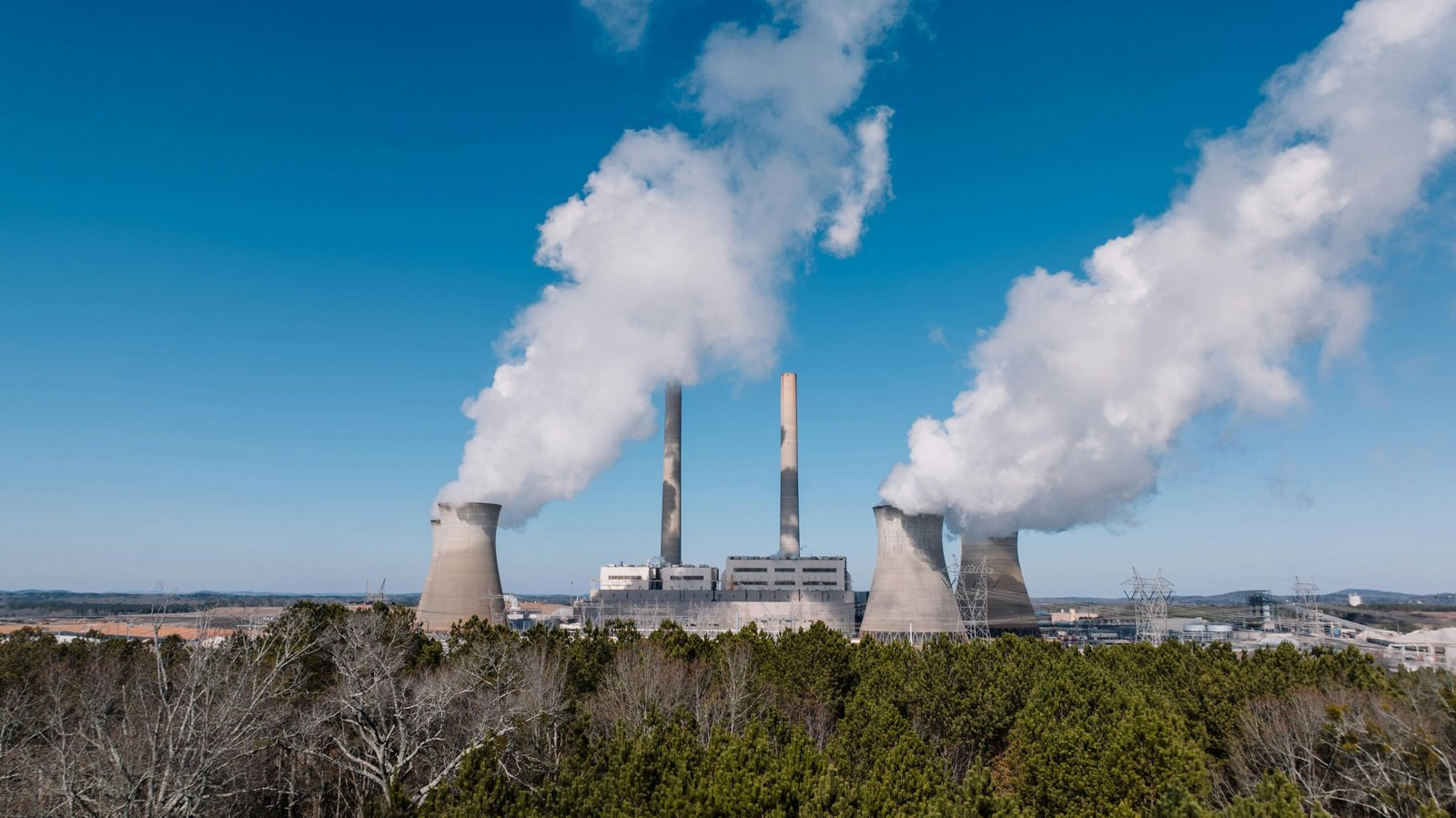One of the key questions around the climate crisis is how much greenhouse gases (GHGs) are released annually. Since the dawn of the Industrial Revolution, global emissions have escalated, largely driven by human activities essential to modern life. Despite these challenges, reducing emissions and living sustainably is crucial to securing a livable future. Governments, corporations, and individuals must work together to bring about these necessary changes.
How Much Greenhouse Gas is Released Annually?
According to data from Our World in Data, the world currently emits roughly 50 billion tons of GHGs each year. Human activities, such as energy consumption, agriculture, and industrial processes, are the major contributors to these emissions. Without coordinated global action, this figure will continue to rise, especially as countries advance technologically.
The National Oceanic and Atmospheric Administration (NOAA) developed the Annual Greenhouse Gas Index (AGGI) to better monitor and track GHG concentrations over time. This index measures how much heat these gases trap, using global air samples. Since the Industrial Revolution in 1750, GHG levels have steadily risen, with the AGGI showing a 49% increase from 1990 to 2021 due to growing human activities.
How GHGs Cause Global Warming
Most atmospheric gases allow sunlight to pass through freely, warming Earth’s surface and oceans. However, greenhouse gases like carbon dioxide (CO2) and methane (CH4) trap heat, radiating it back into the atmosphere, even after sunset. This process, known as global warming, disrupts the planet’s natural temperature balance. The consequences are severe, including rising sea levels, more intense storms, prolonged droughts, and heatwaves.
What Percentage of Greenhouse Gases Is in the Atmosphere?
The atmosphere contains four major greenhouse gases: carbon dioxide (CO2), methane (CH4), nitrous oxide (N2O), and fluorinated gases. The Environmental Protection Agency (EPA) estimates that CO2 is the most prevalent, responsible for 79.7% of all GHG emissions in the U.S., followed by methane at 11.1%, nitrous oxide at 6.1%, and fluorinated gases making up 3.1%. These gases can linger for centuries, exacerbating the climate crisis.
GHG Emissions by Industry
GHG emissions vary across sectors, with the energy sector being the largest contributor, emitting 15.11 billion tons of CO2 annually. This comes from burning coal, oil, and natural gas for electricity and heat. The transportation sector is next, contributing 7.29 billion tons from vehicles, airplanes, and ships.
Agriculture is a major methane emitter, with livestock farming responsible for approximately 32% of CH4 emissions globally, while rice cultivation contributes an additional 8%. As the global population grows, food demand will rise, increasing these emissions.
Methane, which is 80 times more potent than CO2 in terms of warming, is the primary cause of ground-level ozone. This harmful air pollutant causes over one million premature deaths each year, and methane levels continue to rise, even during periods when CO2 emissions have slowed, such as during the 2020 COVID-19 lockdowns.
Industries such as manufacturing, construction, and landfill waste also play significant roles in contributing to the world’s GHG emissions.
How Much Greenhouse Gas Does Each Person Produce?
According to The Nature Conservancy, the average American has a carbon footprint of 16 tons per year, which is four times the global average. In order to meet climate targets set by the Paris Agreement — which aims to keep global temperature rise below 2°C — individual carbon footprints must be reduced to less than 2 tons per person by 2050.
The Challenge of Decarbonizing the Global Economy
Knowing how much GHGs are emitted annually is just the beginning. The challenge lies in transitioning to cleaner technologies. For example, power generation releases vast amounts of CO2, yet energy is indispensable for daily life. Similarly, transportation and agriculture — two other major sources of emissions — are essential to human survival.
Rather than eliminating entire industries, experts focus on mitigating emissions. This includes promoting renewable energy, adopting electric vehicles, and implementing sustainable farming practices. While progress has been made, the cost of these innovations remains high, limiting widespread adoption.
Still, there are signs of hope. The shift toward renewable energy in the U.S. has reduced the country’s reliance on coal, leading to a 3% reduction in emissions in 2023. Although small, such changes are vital steps in combating global warming.
Addressing Climate Change One Action at a Time
GHG emissions remain a persistent problem, but the battle against climate change requires everyone to take responsibility. By making eco-conscious decisions in everyday life and supporting cleaner technologies, we can collectively reduce our carbon footprint and work toward a sustainable future.
Conclusion
Tackling GHG emissions is an urgent and complex task. However, by adopting sustainable practices, investing in green technologies, and promoting eco-friendly policies, we can collectively reduce our carbon footprint. While the path to full decarbonization is long, each step toward sustainability contributes to securing a better future for the planet.
FAQs
- What are greenhouse gases? Greenhouse gases are gases in the Earth’s atmosphere that trap heat. The primary ones include carbon dioxide (CO2), methane (CH4), nitrous oxide (N2O), and fluorinated gases. They are responsible for global warming and climate change.
- How much greenhouse gas is produced globally each year? Globally, about 50 billion tons of greenhouse gases are emitted annually. Human activities, such as energy use, agriculture, and transportation, are the main contributors.
- Which industry produces the most GHG emissions? The energy sector is the largest source of GHG emissions, contributing 15.11 billion tons of CO2 annually from burning fossil fuels for electricity and heat production.
- What can individuals do to reduce their carbon footprint? Individuals can reduce their carbon footprint by using energy-efficient appliances, reducing car usage, adopting plant-based diets, and supporting renewable energy sources like wind and solar power. Additionally, small actions like recycling and reducing waste can have a positive impact.



